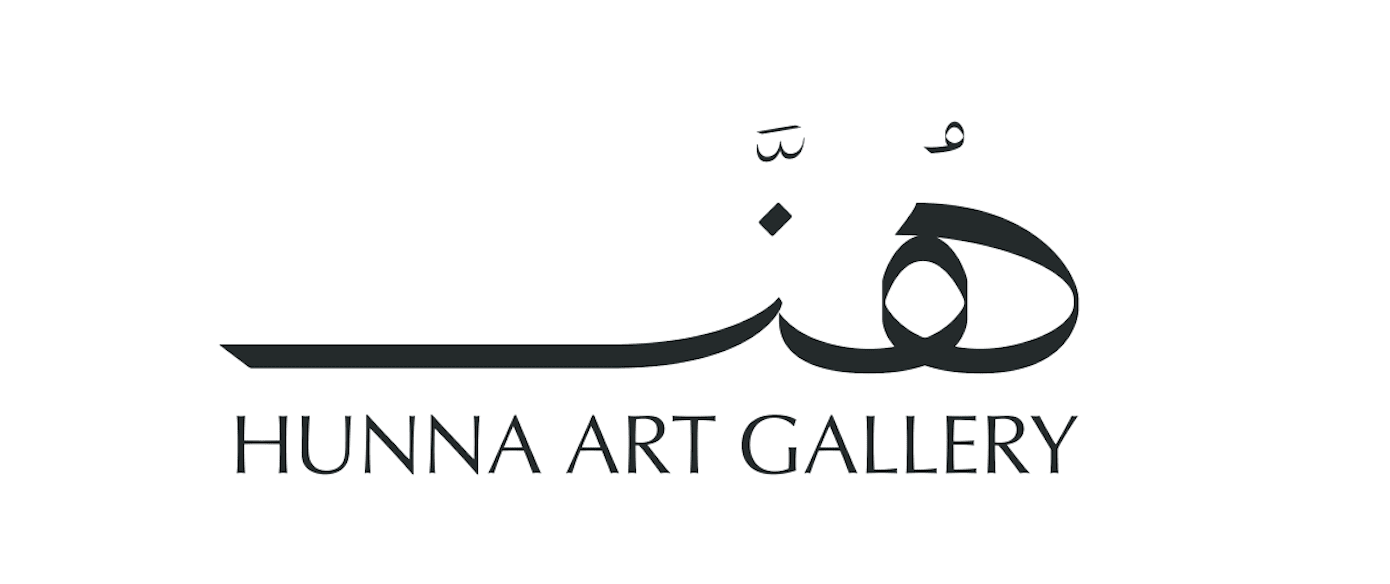In ‘Elsewhere’, Eman Ali conjures a poetic topography where bodies have morphed, mutated, and endured amidst ecological instability and shifting human boundaries. Drawing from the languages of climate fiction, and engaging artificial intelligence as a collaborator, Ali constructs a visual terrain that mirrors our present estrangement from land, climate, and self.
Throughout literature and cinema, imagined worlds have long served as sites of resistance, refuge, and reinvention and yet in contemporary visual art, this speculative impulse remains comparatively underexplored. In Elsewhere, Ali leans into this lineage, using AI not as an end in itself, but as a tool to give visual form to a deeply personal and cultural imaginary. The collaboration with AI is neither about technological novelty nor about surrendering authorship; it is a poetic extension of Ali’s practice, in which she trains and retrains models on personal archival material, textures, and gestures specific to her environment and cultural lexicon. The machine becomes a vessel charged with memory, and capable of shaping visual worlds that otherwise couldn’t exist.
The figures that populate ‘Elsewhere’ emerge from dreamlike, eroded landscapes. They are ambiguous and hybrid, jellyfish-like, fire-adapted, amphibian survivors, shaped by their environments as much as by internal mutations. In this, Ali’s work resonates with the visionary legacy of Octavia E. Butler, whose prophetic novels such as Parable of the Sower imagined a near-future shaped by climate collapse, migration, and spiritual reinvention. Like Butler, Ali explores survival as a generative act, rooted not in technological mastery, but in the capacity to reimagine the self in relation to the environment. Her subjects do not dominate the landscape; they merge with it, hover within it, or dissolve into it. They embody what Butler called “Earthseed”: a belief system in which adaptability is the only lasting truth.
The images unfold like stills from an unmade film, recalling the aesthetics of Dune, Frank Herbert’s seminal eco-fiction, where arid deserts become sites of resistance, prophecy, and ecological sentience. But while Dune constructs an epic vision of survival, Ali’s images are intimate, elliptical, and resistant to narrative closure. They speak not of conquest, but of uncertainty and the fragile entanglement between body, resources, and terrain. Ali’s process stems from a need to translate the ineffable: to create not literal representations but emotional landscapes that capture the strangeness, fragility, and resilience of our time. The truth embedded in these synthetic images is not factual, but felt. As she herself reflects, ‘Elsewhere’ is born of the ache for softness and relief in a world that often feels too sharp, too heavy. The work is cinematic not only in aesthetic but in atmosphere: a shimmering, melancholic threshold where desire becomes an engine for meaning.
Ali’s work resonates with what cultural theorist Mark Bould describes as “the Anthropocene unconscious”, which is an ambient awareness of ecological catastrophe that permeates contemporary culture, often without direct reference. Her glowing figures and suspended moments reflect an affective state of dislocation, where the environment becomes not just a setting but a psychological force. Yet unlike apocalyptic narratives driven by collapse, ‘Elsewhere’ gestures toward a different horizon: one in which spiritual attunement and ecological sensitivity replace domination and extraction.
In a region where climate change is not a distant threat but a lived reality, Ali’s visual meditation offers a necessary estrangement, an “elsewhere” from which to reimagine belonging, kinship, and planetary futures. The exhibition moves beyond the logic of representation to offer a landscape of feelings, an eerie yet intimate terrain where language dissolves, and dream takes over.
By Océane Sailly


